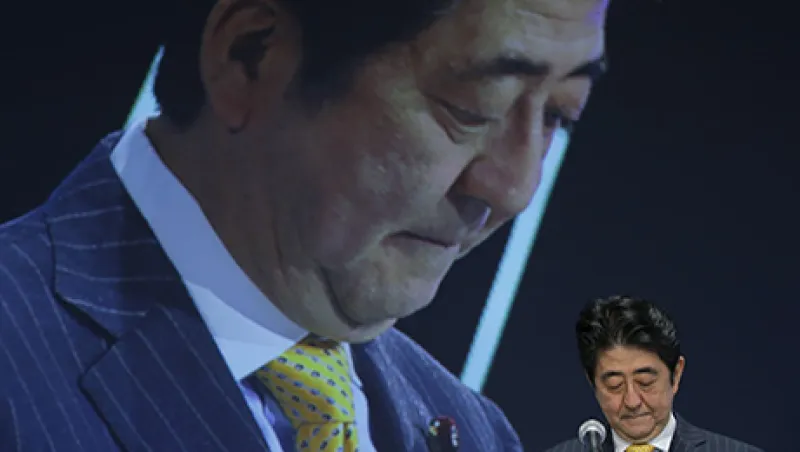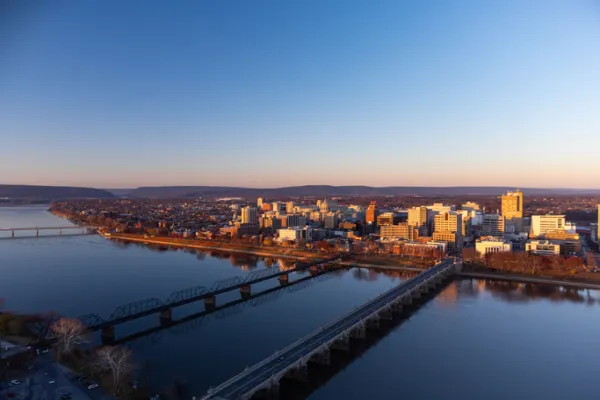Congress reached a rare and significant bipartisan breakthrough last week on legislation that would provide the executive branch with so-called Trade Promotion Authority — paving the way for President Barack Obama’s administration to conclude long-stalled negotiations for the Trans-Pacific Partnership, a 12-nation trade pact that could prove transformational.
Although the path ahead for both the Trade Promotion bill and the TPP is still likely to be winding and difficult, the agreement on the former represents an extremely hopeful step forward for what could prove to be among the most significant geopolitical and economic developments of the decade. Conversely, if the push for Trade Promotion Authority on Capitol Hill falters, the U.S.’s leadership in Asia will be thrown into doubt.
For the past several years, the Obama administration has championed the need for the U.S. to deepen its presence and engagement across Asia. In doing so, the nation has built upon a decades-old, bipartisan foundation of commitment to the region, whose security and prosperity have long been understood by successive U.S. administrations as inseparably intertwined with our own. This dynamic will only accelerate over the years ahead.
The Trans-Pacific Partnership — which encompasses 12 countries responsible for approximately 40 percent of the global economy — has emerged as a vital cornerstone in this wider effort. The consequences for Washington’s getting the TPP right are huge: opening some of the world’s fastest-growing markets to more U.S. exports; improving U.S. competitiveness; growing the global middle class; creating jobs; and fostering the prosperous, open and rules-based Asia that is in everyone’s interest.
The reality is that the trade and investment architecture for the Asia-Pacific region is already undergoing dramatic change. The only question is whether the U.S. is going to have a say in the process. China’s recent establishment of the Asia Infrastructure Investment Bank — which left Washington isolated — and the conclusion of trade agreements among major Pacific Rim economies, such as Japan and Australia, underscore the very real danger of a future in which U.S. companies and workers are left behind. The TPP is absolutely indispensable to ensuring that doesn’t happen. For this reason, the fate of the trade pact is also tied closely to U.S. national security.
Indeed, paralyzed or collapsed TPP negotiations would be seen by U.S. allies, partners and competitors across Asia as a body blow to the credibility of Washington’s economic leadership and also to the nation’s geopolitical position more broadly. This in turn would carry spillover effects in the security realm, likely exacerbating military tensions and territorial rivalries and, ultimately, increasing the risk of conflict.
In this respect, the success of the TPP should be seen as not just a narrow economic or trade imperative but also a U.S. national security necessity. The TPP also carries very important implications for the future of Japan, the world’s third-largest economy and a vital U.S. ally.
Tokyo agreed to join the negotiation for the TPP two years ago, despite pockets of domestic opposition to trade liberalization. For reformers in Japan, including Prime Minister Shinzo Abe, the prospect of a deal on the TPP offers the best hope for driving the deeper structural changes that Tokyo needs to adopt to succeed in the 21st century, including in long-protected areas such as agriculture. It is equally important as a mechanism for taking the U.S.-Japan alliance to the next level.
Despite these high stakes for all sides, completion of the TPP has stalled in recent months, predominantly because of the failure of Congress to grant Trade Promotion or fast-track authority, which will allow the executive branch to submit a completed TPP agreement, along with other future trade deals, for a simple direct vote in Congress under expedited rules. In the absence of this arrangement, other TPP member states will not conclude negotiations — fearing, not without reason, that Congress could later reopen the terms of a deal and force another round of concessions.
The fact of the matter is, no country will put their best offer on the table, which in many cases entails domestic political blowback, if they are not assured that the agreement will receive an up-or-down vote in Congress. This has been particularly true for Japan, whose trade politics are as complex and difficult as those of the U.S.
The breakthrough last week on fast-track trade authority was ideally timed, as Abe will visit the U.S. at the end of the month, to commemorate the 70th anniversary of the end of World War II. During the visit, he will also become the first Japanese leader ever to address a joint session of Congress.
Between Abe’s trip to Washington and a bipartisan partnership on fast track, then, the negotiation for the TPP at last appears to be gaining some momentum. No one should underestimate the remaining hurdles that stand in the way of a potentially historic success. But this is a fight that we can, and must, win — and a fight that we are now closer than ever to winning. The stakes could not be higher.
General David Petraeus (ret.) is chair of the KKR Global Institute in New York, Steven Okun is KKR’s director of Asia-Pacific Public Affairs in Singapore, and Vance Serchuk is executive director of the KKR Global Institute in New York.
Get more on regulation.






